With 2019 fast approaching, we thought it was time to look into the BikeRadar crystal ball of truth and power to see what road cycling trends next year has in store.
So sit back and feast your eyes upon the hottest trends in road cycling right now.
Sit back and feast your eyes upon the hottest trends in road cycling right now
1. Aero bikes come of age
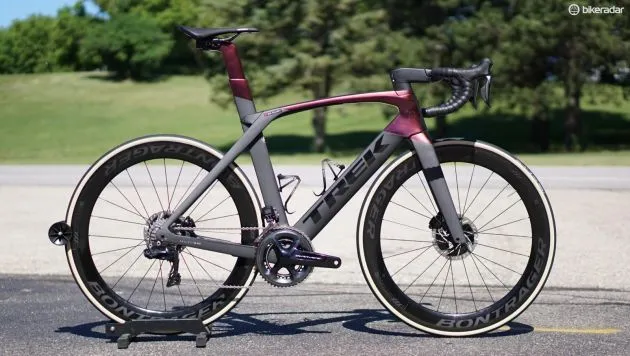
In the bad old days, aero bikes were a pain in the arse, in both the literal and figurative sense. Fussy integrated cockpits, labyrinthine internal cable routing and punishing amounts of stiffness meant that your ‘free speed’ came at a steep cost in terms of maintenance time and comfort.
However, in 2019, that’s starting to change.
Take Trek’s latest Madone SLR Disc for example. It’s got all the wind tunnel-tested chops you expect from an out and out speed machine, yet retains a comfy and compliant ride thanks to the adjustable ISO Speed decoupler around the seatstay bridge.
You can even adjust the flex in the IsoSpeed decoupler by moving a slider, which sits under the top tube. All that’s needed are a 2.5 and 4mm Allen key and 3 minutes of your time.
Specialized’s new Venge is another example of an aero bike that’s easier to live with. The older Venge ViAS had a plethora of proprietary integrated parts, which rendered the bike, let’s say, ‘mechanically challenging’, to put it politely.
The new Venge features a two-piece bar and stem combo that sacrifices the ViAS’s sci-fi aesthetic in favour of ease of access, adjustability and handlebar options.
Perhaps 2019 is the year aero bikes finally come of age?
2. Power meters coming as standard
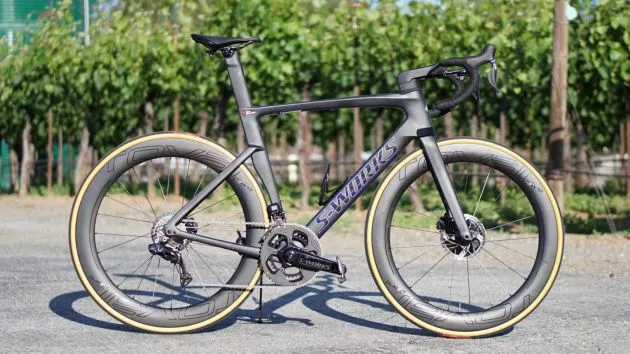
Speaking of the Venge, 2019 is also the year we’re starting to see power meters come as standard on high-end road bikes.
If you’re paying top dollar for a bike, and the Venge is most definitely top dollar, then you should expect the best of everything, and that includes the ability to measure power.
So it’s a gold star to Specialized, which has specced its new Venge model with its own power meter, with internals made by dedicated power meter brand 4iiii.
Cannondale, well it gets half a gold star. Its new SystemSix aero bike does come with a Power2 Max power meter, but you need to pay an extra fee to activate it. Almost there Cannondale, but not quite.
3. Stubby saddles
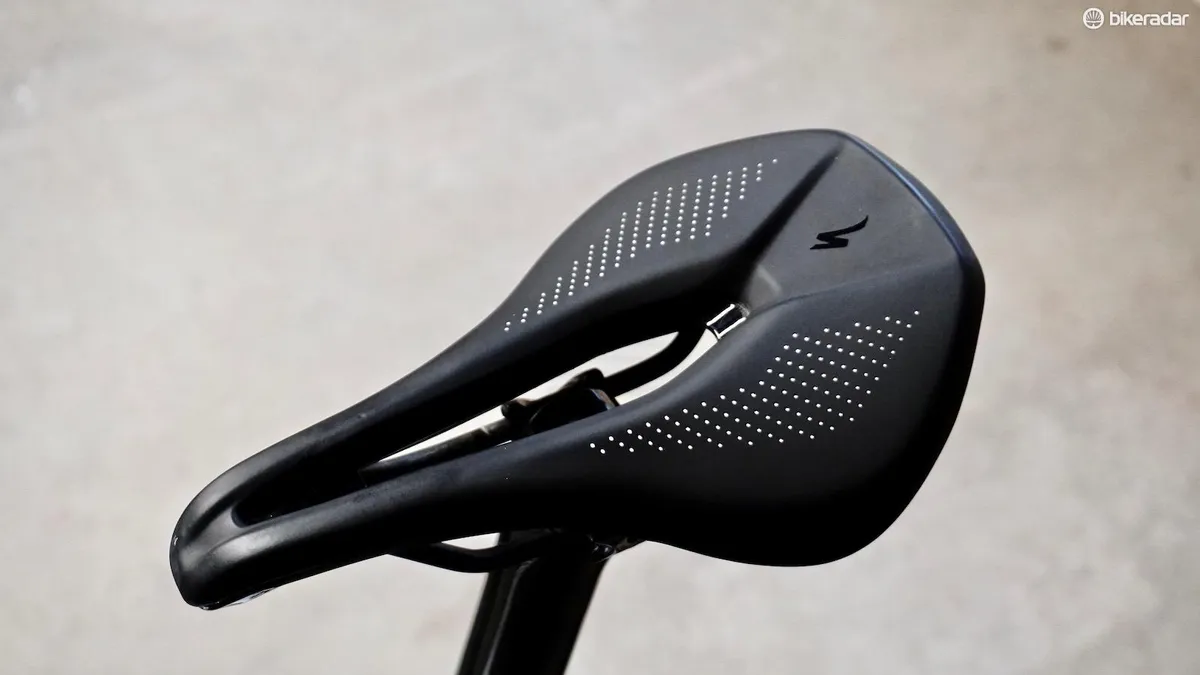
Specialized changed the saddle game when it released its Power model in 2015. It was incredibly short for a road saddle, with the snub nose designed to relieve pressure on the soft tissue when riding in an aggressive aero position.
Pro riders loved it, we loved it and it seems everyone else loved it as well, proving comfortable for almost everyone — women and men — who tried it.
Fast forward to today and many brands have released their own take on the short-nosed saddle. One of the most recent is Selle Italia with its snappily named… Novus Boost Kit Carbonio Superflow saddle.
This received an almost perfect score in a recent BikeRadar review, and was dubbed the perfect place to start if you’re looking at dipping your toes into the world of short nosed saddles.
Pro also has a popular stubby saddle named the Stealth Carbon, which again scored highly in a BikeRadar review.
4. Tubeless — still not mainstream
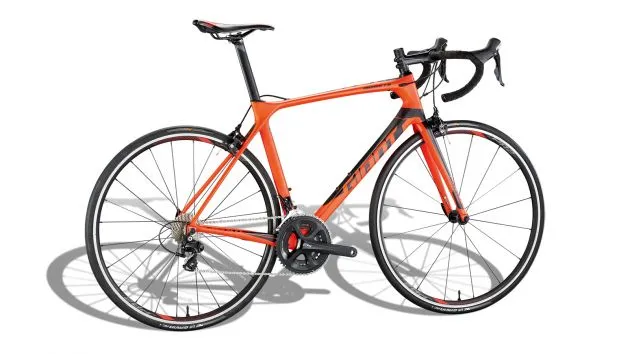
Our 2018 Bike of the Year, the Giant TCR Advanced 2, comes with tubeless tyres straight out the box, and we think that’s a good thing.
A tubeless setup brings the prospect of fewer punctures and lower rolling resistance, yet they have struggled to gain the same, almost universal acceptance they experience in the world of mountain biking.
This is probably due, in part, to tubeless being harder to setup when compared to a traditional tyre and tube combo, especially when higher pressures are involved.
Also, direct sales brands such as Canyon are reluctant to ship their bikes with a load of sealant sloshing around in the tyres. If a tyre happened to pop off the bead during shipping it would be incredibly messy.
So, while it may not happen in 2019, we think road tubeless will eventually become more mainstream with road cyclists, just like disc brakes.
5. In-house componentry is actually pretty good
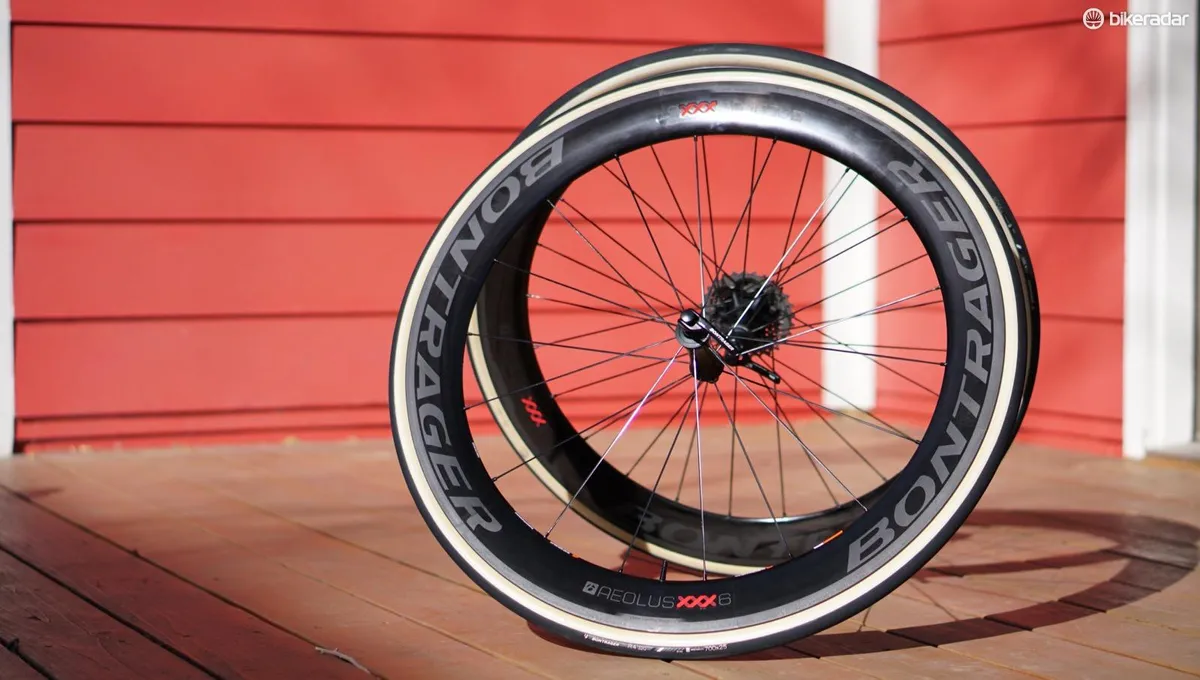
In years gone by, if a product manager needed to shave some cost off a new model, they’d simply look in a catalogue, pick the most cost-effective components and have the their bike brand's name printed on it.
It might have been cheap, but the products often lacked the quality and prestige of aftermarket componentry.
Thankfully, these practices are becoming rarer and rarer as bike companies spend time and money developing their in-house components to keep up with the competition.
Take Trek’s in-house brand Bontrager, for example. Its Aeolus wheels scored incredibly high when we reviewed them, and should be viewed as a tempting aftermarket proposition even if you don’t ride a Trek.
Giant is another company that has gone big on in-house componentry, to the point where its pro-team bikes are almost specced totally in Giant components.
Same goes for Quick Step Floors, which races almost exclusively on Specialized and Roval components.
So, if it’s good enough for the pros, thenit's probably good enough for you too.
